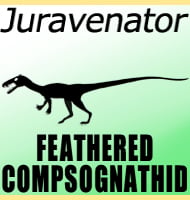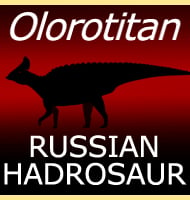Parksosaurus
In Depth Parksosaurus was first described by William Parks as a species of Thescelosaurus in 1926, but in 1937 Charles M. Sternberg reclassified it as a distinct genus. Sternberg chose the name Parksosaurus which means Park’s lizard in recognition of the initial work done by William Parks. Parksosaurus and Thescelosaurus together are proof that even … Read more

